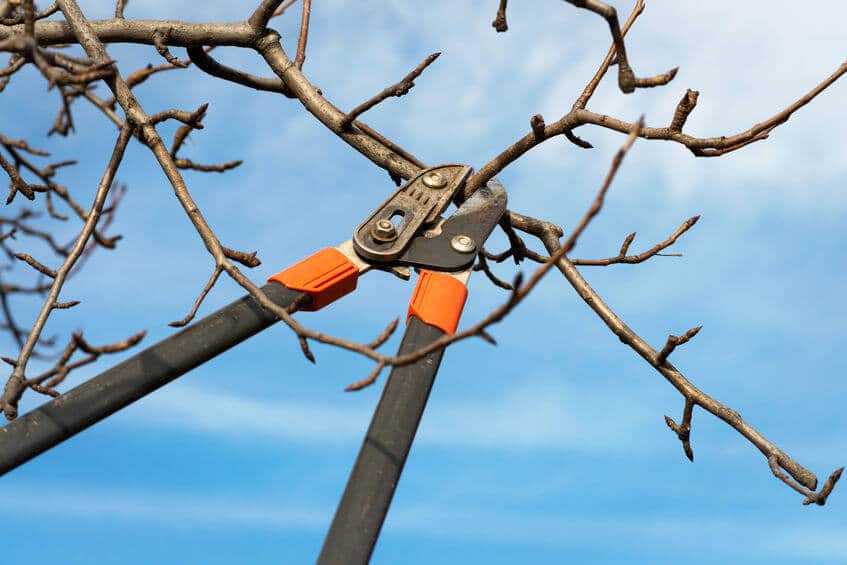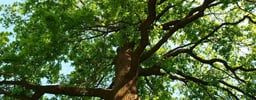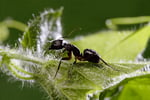If you’re concerned about clover mites in your lawn or garden, look to Senske Pest Control professionals. With over 75 years of industry experience, we’re experts in pest control. Best of all, the Senske Promise guarantees our job is done only when you’re satisfied with your treatment results. Contact Senske today. Call (877) 944-4007 or click to request an estimate online for FREE!

Bermuda Grass
Residential Lawn, Tree, & Pest Control
Some descriptive text here?
Pest Control Program
starting at $93/treatmentFull Service Year Round
*Prices vary by location and property sizes
Lawn Care Program
starting at $52/treatmentComprehensive Treatment
*Prices vary by location and property sizes
Pest Control Program
Starting at $93/treatmentYear Round Protection
Per Treatment for Spraying**
Prices vary by location and property sizes
DENVER LAWN CARE
Senske offers Revive®, a uniquely organic lawn fertilization treatment in Denver, CO. This specialty fertilizer and soil treatment is specially formulated for East Denver lawns.
DENVER PEST CONTROL
Our certified pest control technicians expertly identify pest problems unique to Denver and safely rid your home and property of them. We'll even keep them from returning.
DENVER TREE SERVICE
Our ISA certified arborists know the specific needs of trees and shrubs in Denver, CO. Let Senske protect your property investment and care for your trees.

DENVER LAWN CARE
Senske offers Revive®, a uniquely organic lawn fertilization treatment in Denver, CO. This specialty fertilizer and soil treatment is specially formulated for East Denver lawns.
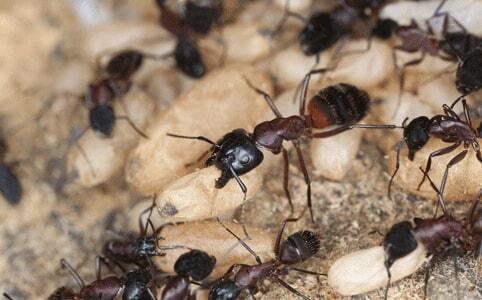
DENVER PEST CONTROL
Our certified pest control technicians expertly identify pest problems unique to Denver and safely rid your home and property of them. We'll even keep them from returning.
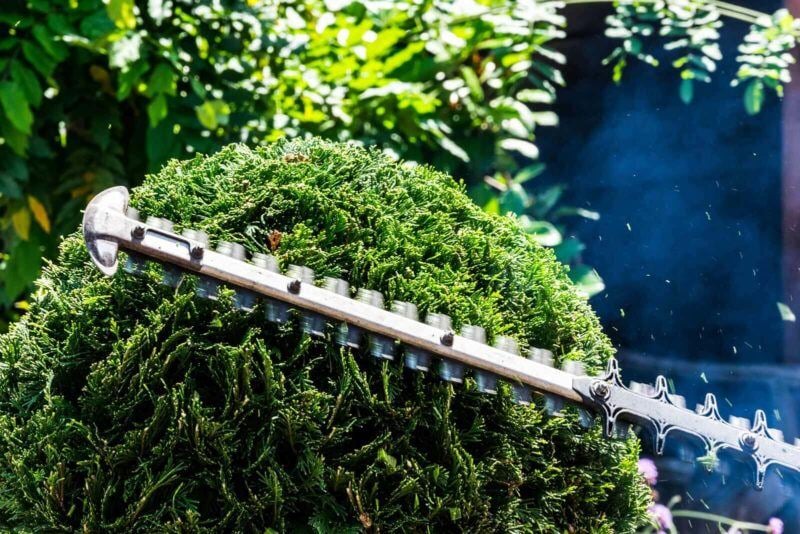
DENVER TREE SERVICE
Our ISA certified arborists know the specific needs of trees and shrubs in Denver, CO. Let Senske protect your property investment and care for your trees.
Clover Mites
Clover mites are plant feeders that are sensitive to temperature and seek out warm, dry places indoors when temperatures drop outside. Inside the home, they will commonly reside in window sills or in sunny areas. Indoor infestations are not a concern with clover mites because they do not reproduce indoors and typically die within a few days due to dehydration. Sometimes when we see pests, the immediate reaction is to squish them. However, avoid crushing clover mites because when they are crushed they leave a rusty or blood-colored stain behind that can ruin furniture and linens.
During the winter, clover mites stay dormant in cracks, crevices, or under plant material. In the spring when the temperature rises again the eggs hatch and this is when clover mites are most active and become a nuisance.
- Clover mites vs chiggers
- How to get rid of clover mites
Clover mites vs chiggers
Clover mites and chiggers are both tiny red bugs that are often mistaken for one another. If you are concerned about little red bugs around your house or lawn it is likely that you are dealing with clover mites. Learn about the differences:
| Clover Mites | Chiggers | |
|---|---|---|
| Identification | Clover mite bodies are typically 1/30 of an inch. They range from a reddish-greenish color to bright red and they have 8 legs, the front 2 of which are longer than the others and commonly mistaken for antennae. They also have feather-like plates around the abdomen. | Chiggers are so small that for most people they are impossible to see with the naked eye. An adult chigger is typically about 1/60 of an inch. They have eight legs and a cluster of them may be visible to the naked eye. |
| Bites | Clover mites do not bite. | Chigger bites cause severe itching. Bites occur when larvae move from your clothing to your skin to feed. Their saliva breaks down the skin resulting in welts that look like small blisters or hives. Wash the area with warm soap and water to remove any chiggers that may still remain. Typically, the itching persists for 1-2 days and the spot may take up to 2 weeks to heal. Bites are more of a nuisance than a concern because chiggers do not carry disease. |
| Habitat | As their name indicates, clover mites feed on clover and grass. Clover mites thrive in well-fertilized lawns. They congregate in sunny areas and are commonly seen on concrete walls and benches. | Chiggers thrive in brushy, grassy, or weedy areas that retain moisture. Chiggers are often found in the same environments as ticks and other pests and can be deterred by DEET spray. |
How to get rid of clover mites
Similar to other mites, clover mites can be difficult to exterminate due to their quick life cycle. Clover mites are parthenogenetic, which is a form of asexual reproduction where eggs develop into embryos without fertilization from sperm, meaning their populations are entirely composed of females. One female spider mite typically lays around 70 eggs, resulting in large populations when left unchecked.
These pests can be best controlled with a pest control spray around the exterior and the interior of the home. One way to prevent clover mites from entering your home is by keeping soil that is 18-24” around the house clean of grass, weeds, or leaves. There are also plants that are a natural deterrent to clover mites such as, geranium, zinnia, marigold, rose, and chrysanthemum.
If you find a group of clover mites inside your home, the best method to remove them is to carefully vacuum the pests without crushing them and risking stains.
Are you concerned about clover mites in your lawn or garden?
Weeds, Lawn & Tree Diseases, and Pests to Look Out For
Weeds Common for Denver
Senske lawn care and tree service treatments in Denver East enables a greener lawns, healthy trees and shrubs without the hassles and time commitment needed to maintain it yourself. We’ll also help remove weeds, treat lawn and tree diseases and problem areas. Senske Services has been providing residential and commercial lawn care services to communities in the Northwest since 1947.
Our Denver East and surrounding communities lawn care services reflect our commitment to quality in all aspects of lawn maintenance. Learn more about Denver East weed and lawn diseases we solve:

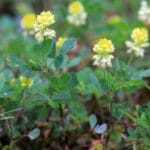








Find Out About Other Weeds, Lawn & Tree Diseases, and Pests to Look Out For

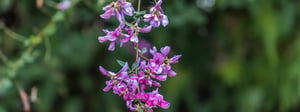
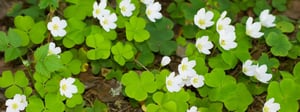

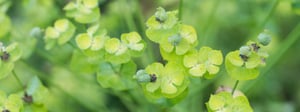
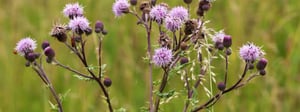

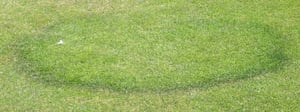
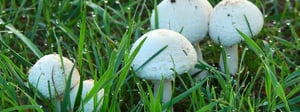
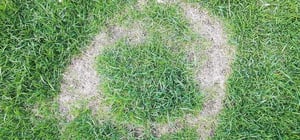
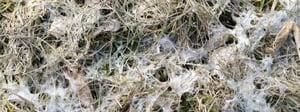

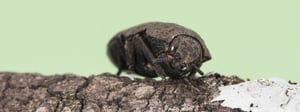
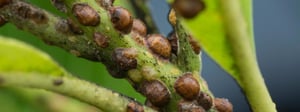
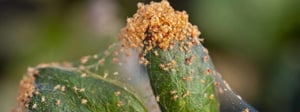
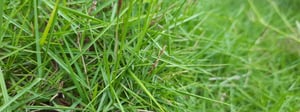

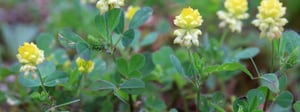
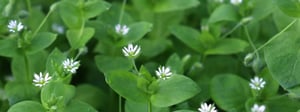

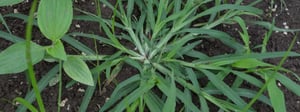
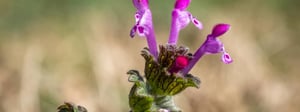

How can we help you?
100% Satisfaction Guaranteed.
Get a Free Estimate Today
Make your yard the greenest on the block and enjoy a home free from pests, all delivered by courteous, & professional techs.Great service!
Jason did a nice job on our Christmas lights. The crew arrived on schedule and accommodated my special requests. They even wired up a few of my yard decorations without my asking them. Thank you!
Very Professional!
“Max calls ahead, comes early in the day, and answers all my questions. He’s very professional!"Extremely Pleased!
“I have been extremely pleased with this service, my lawn has literally gone from drab to fab. Steve serviced the lawn today and as always, let's me know he is here (per my request) tells me follow up steps and then is on his way to do the service."Thankful for Senske!
“I am thankful my neighbor recommended Senske services, as a single mom, I do not have time, or energy to fix my lawn, so I hired the pros. Definitely worth it and very reasonable costs. Much appreciated."The Dirt
Find out more on our blog.


